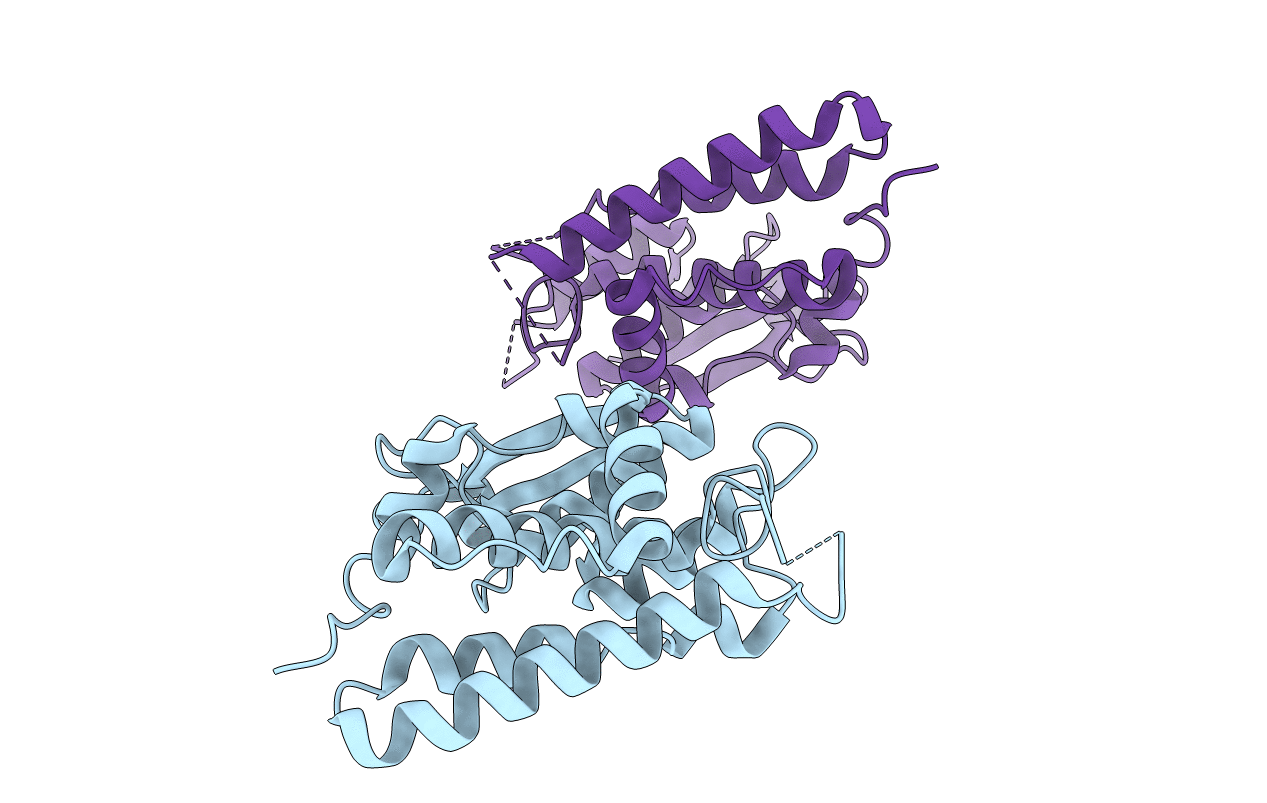
Deposition Date
2001-09-19
Release Date
2001-12-12
Last Version Date
2024-02-07
Entry Detail
PDB ID:
1K0O
Keywords:
Title:
Crystal structure of a soluble form of CLIC1. An intracellular chloride ion channel
Biological Source:
Source Organism:
Homo sapiens (Taxon ID: 9606)
Host Organism:
Method Details:
Experimental Method:
Resolution:
1.75 Å
R-Value Free:
0.26
R-Value Work:
0.24
R-Value Observed:
0.24
Space Group:
P 1 21 1


